Xerophytes
Adaptations of xerophytes include reduced permeability of the epidermal layer, stomata and cuticle to maintain optimal amounts of water in the tissues by reducing transpiration, adaptations of the root system (extensive roots) to acquire water from deep underground sources or directly from humid atmospheres. Storage of water in swollen stems (thinck stems) , leaves or root tissues. Reduced leaves. Seed that can be dormant many years.
Hydrophytes
A thin cuticle. Cuticles primarily prevent water loss, thus most hydrophytes have no need for cuticles. Stomata that are open most of time: so water is abundant. A less rigid structure: water pressure supports them. Flat leaves on surface plants for flotation. Air sacs for flotation. Seeds that float. Smaller roots: water can diffuse directly into leaves. Feathery roots: no need to support the plant. Specialized roots able to take in oxygen. Airfilled spaces through which oxygen can diffuse.
Epiphytes
Epiphytic plants use photosynthesis for energy and obtain moisture from the air or from dampness (rain and cloud moisture) on the surface of their hosts. Roots may develop primarily for attachment, and specialized structures (for example, cups and scales) may be used to collect or hold moisture.
Adaptations of xerophytes include reduced permeability of the epidermal layer, stomata and cuticle to maintain optimal amounts of water in the tissues by reducing transpiration, adaptations of the root system (extensive roots) to acquire water from deep underground sources or directly from humid atmospheres. Storage of water in swollen stems (thinck stems) , leaves or root tissues. Reduced leaves. Seed that can be dormant many years.
Hydrophytes
A thin cuticle. Cuticles primarily prevent water loss, thus most hydrophytes have no need for cuticles. Stomata that are open most of time: so water is abundant. A less rigid structure: water pressure supports them. Flat leaves on surface plants for flotation. Air sacs for flotation. Seeds that float. Smaller roots: water can diffuse directly into leaves. Feathery roots: no need to support the plant. Specialized roots able to take in oxygen. Airfilled spaces through which oxygen can diffuse.
Epiphytes
Epiphytic plants use photosynthesis for energy and obtain moisture from the air or from dampness (rain and cloud moisture) on the surface of their hosts. Roots may develop primarily for attachment, and specialized structures (for example, cups and scales) may be used to collect or hold moisture.



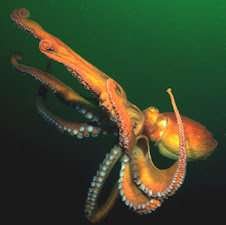

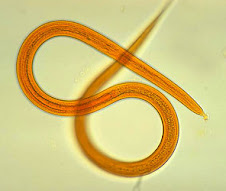




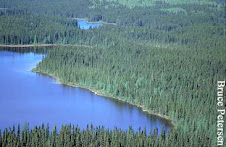
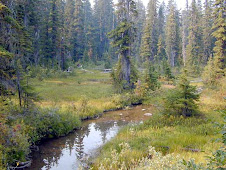
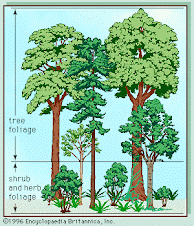



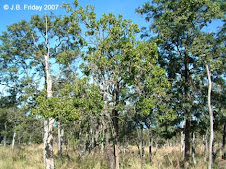
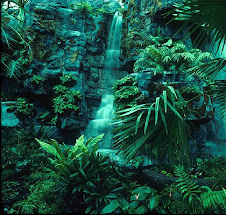

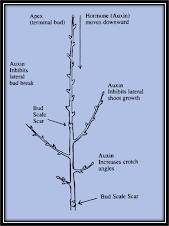


No hay comentarios:
Publicar un comentario